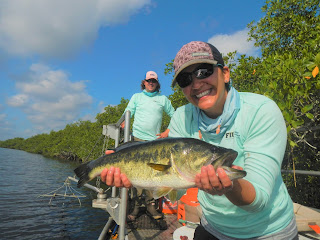The "Bad Guy" in the Everglades

If you were to name some good things about wetlands, what would you say? Maybe you would mention their role in climate change mitigation -- that they serve as a buffer for sea level rise, and that they have a strong carbon sequestration ability. Or you might talk about their role as habitats for millions of organisms. However, if you needed to name some “bad things” about wetlands… What would you say? Today, let’s get to know the “bad guy” in the Everglades – methane. Methane (CH4) is a greenhouse gas that is more potent than the better-known gas carbon dioxide (CO2), since it has 25-36 times the global warming potential of CO2. In addition, the atmospheric methane concentration has increased 2.6 times from the preindustrial period. Methane is produced in soil with no oxygen conditions, therefore, since wetlands are commonly inundated with water, they are a perfect ecosystem to produce methane since water prevents oxygen from going to the soil. Methane is released in
